Our history and team
We are an intergenerational and multicultural team, united by vocation, commitment, and a profound passion for our work: improving the quality of life for millions of people.
1970

Rooted in Japan - The Origins of NESA®
In the 1970s, within some of Japan’s most innovative settings, a select group of physicians and engineers embarked on pioneering research to understand the body’s bio-electrical behaviour.
With rigour and foresight, they examined surface microcurrents, stimulating peripheral nerves while scrupulously respecting the polarity and direction of each electrical impulse.
For more than two decades they worked tirelessly, accurately mapping physiological frequencies, current intensities and other critical physical parameters. Their aim was clear: to neuromodulate the autonomic nervous system and open new horizons in medicine.
Thanks to their dedication and passion, they unveiled aspects of human physiology that had long remained hidden. Their legacy proves that science, guided by commitment, can push well beyond accepted boundaries.

Bioelectricity has always fascinated science.
A visionary group of physicians and engineers set out to decode it. Observing the regenerative powers of salamanders, starfish and certain plants, they asked which bio-electrical principles made such renewal possible. Years of meticulous work revealed that ultra-low physiological frequencies, coupled with the precise orientation of anodic and cathodic impulses, are fundamental to biological self-regulation.
The next challenge was to translate this ‘language’ to the human body. Through hypotheses, missteps and breakthroughs, they learnt to communicate with the peripheral, autonomic and central nervous systems using coherent bio-electrical signals. Today, thanks to their passion and perseverance, bioelectricity is recognised as an indispensable ally in understanding—and caring for—human health.
1987

Odawara: Where healthcare innovation came to life
At Odawara Neurological Hospital, researchers unveiled a prototype that reshaped our grasp of human bioelectricity:
a suit woven with 192 electrodes, designed to sit flush against the skin and converse directly with the nervous system. More than an engineering feat, it signalled a bold resolve to push medicine’s frontiers.
Its accurate, non-invasive neuromodulation laid the groundwork for a technology that now improves lives across the globe. That breakthrough marked the start of an ever-evolving journey, fuelled by rigorous science and an unwavering commitment to progress.

The neuromodulation revolution in Japan: the birth of NESA®.
During the 1980s, Japan witnessed a revolution in neuromodulatory medicine. Between 1987 and 1992, years of rigorous research culminated in a breakthrough: the refinement of non-invasive neuromodulation via peripheral nerves. What began as a 192-electrode suit evolved into a leaner, more efficient array of 24 precisely engineered electrodes.
These electrodes, strategically placed, adapt to various physiologies and guarantee a safe and effective intervention without causing damage or adverse reactions in the tissue. This is how Applied Superficial Neuromodulation (NESA®) was born.
Far from being invasive or uncomfortable, the procedure offers the patient a relaxing experience, without inflammation or discomfort, while balancing and stabilising the autonomic nervous system.
More than a technique, it is a perspective that transcends symptomatic relief and aligns with preventive medicine: preserving and optimising. This approach embodies the Japanese principles of longevity and wellness, recognises the nervous system as the core of health and harmonises technology and body to achieve lasting wellness.
1992 - 2014

A vision that crossed continents to transform healthcare
It all began in Japanese hospitals, where a group of visionary physicians first applied non-invasive NESA® neuromodulation to stroke patients, exploring the power of the parasympathetic nervous system to support neurological recovery. What began as a clinical breakthrough soon became a mission. An unexpected split between the founders saw their legacy cross continents,
arriving in Spain in the hands of the son of one of them. He brought with him not only a technology, but a vision: to establish NESA® as a global tool for research and wellbeing.
From the shores of the Bay of Biscay, in the city of Donostia–San Sebastián, the NESA WORLD® headquarters leads an international network comprising more than 15 universities, 40 hospital partnerships, and over 1,000 clinics worldwide. The clinical results speak for themselves: significant improvements in chronic pain, sleep quality, stress levels, overactive bladder, cardiovascular health, infantile cerebral palsy, and sports performance.
NESA® is not just a technology. It is the living legacy of a Japanese dream that now shines from Spain to the world, heralding a new era in medicine.
2024
The journey continues: our international expansion
NESA WORLD® enters its most ambitious phase yet: bringing our mission to new territories and cultures.
Implemented in:
- Europe: Spain, Portugal, Andorra, Italy, France, Germany, Belgium, Netherlands, United Kingdom, Switzerland, Croatia, Slovenia, Albania, Kosovo, Greece, Bulgaria, Romania, Moldova, Poland, Latvia, Slovakia, Czech Republic, Denmark, Russia.
- Americas: Canada, United States, Mexico, Costa Rica, Guatemala, Colombia, Venezuela, Brazil, Argentina, Peru, Chile, Ecuador.
- Africa: Morocco, Egypt.
- Middle East and Persian Gulf: Jordan, United Arab Emirates, Saudi Arabia, Kuwait.
- Asia: Turkey, India, Nepal, Malaysia, Taiwan.
With global vision and local focus, we take the NESA® legacy step by step into new territories.

One team. One vision. One global impact.
At the heart of the neuromodulation revolution lies not only the technology, but also the people who make it possible. To deliver on our commitment to excellence and proximity, we have built a strong and strategic support network.
We currently have three key locations: Spain, Portugal, and the United Arab Emirates. More than just offices, they are centres for training, support, and clinical expansion — where every member of the team, wherever they are, has continuous access to resources, training, and technical assistance.
Our decentralised structure allows us to act with agility, remain close, and respond effectively through our partners. But beyond logistics, we are united by a common purpose: to improve lives through science.
At NESA®, we work as one team — committed, resolute, and ready to continue building trust and excellence wherever we are present
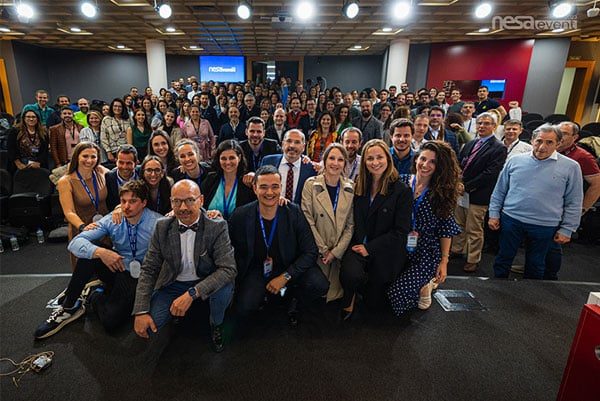
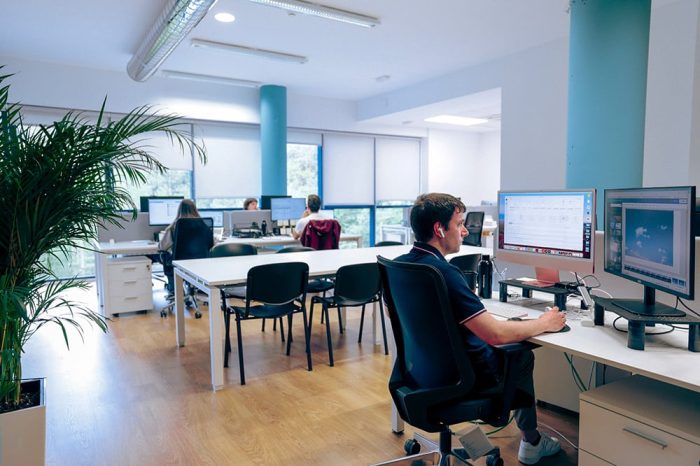
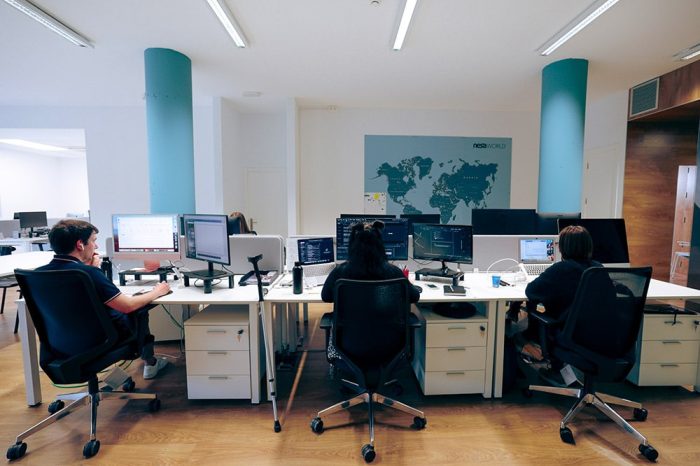
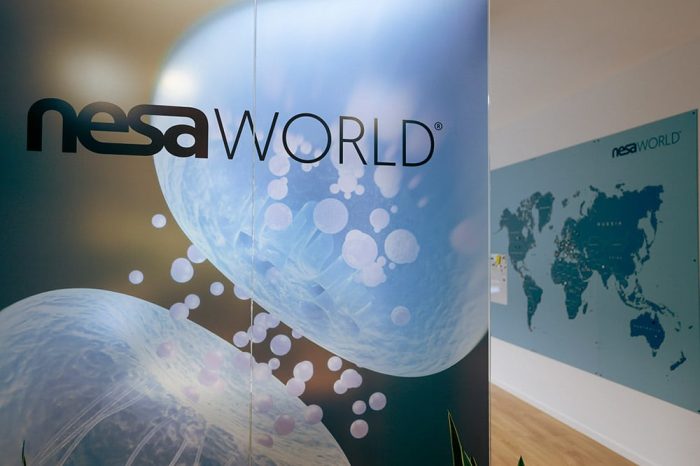
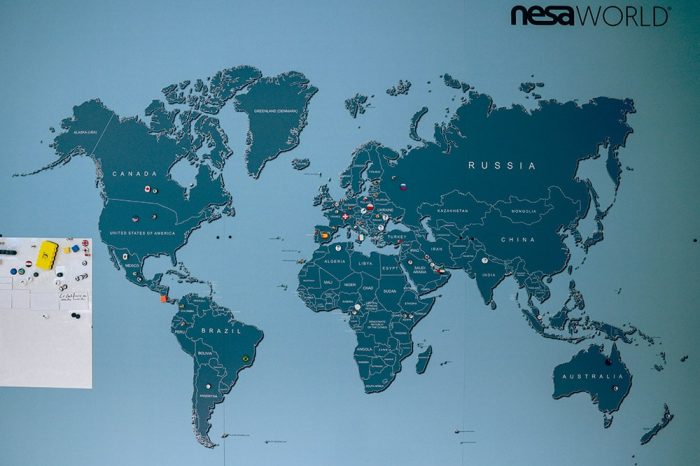
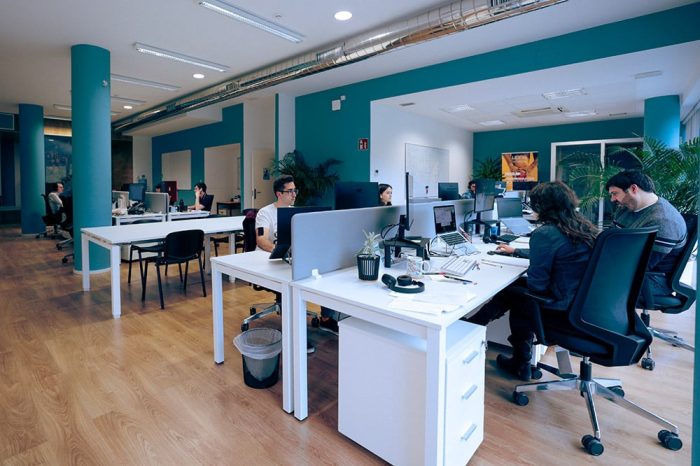
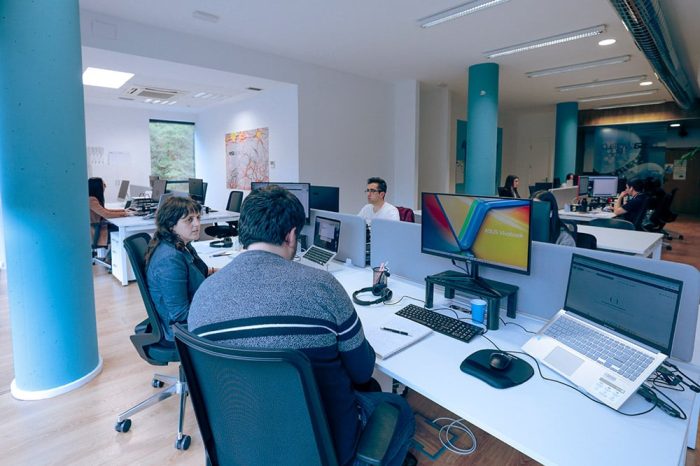
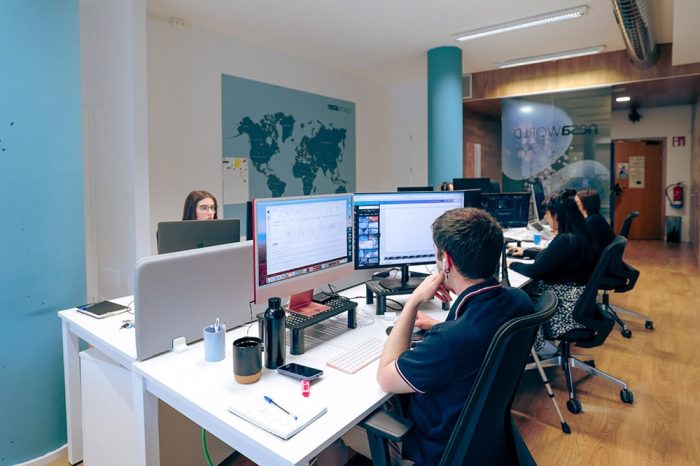
Connect with our team and discover how our technology can transform your practice.
For more information, please fill in the form and our team will get back to you as soon as possible.
We are excited that you want to join us in innovation.
"*" indicates required fields